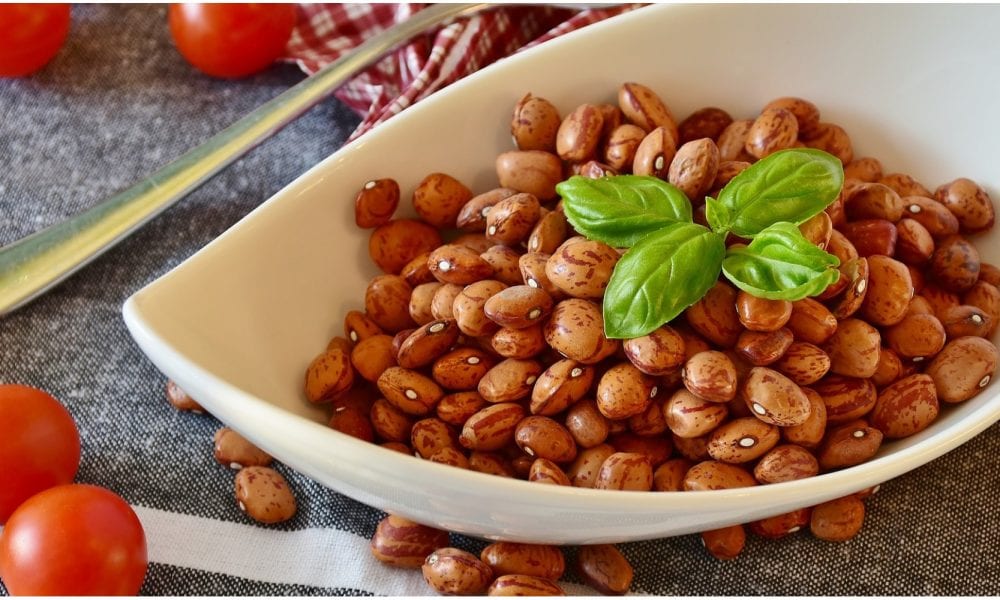
Are Legumes Good Or Bad For Your Health?

Strange as it may sound, but legumes in ‘certain circles’ are considered controversial. For example, plenty of people keep legumes out of their diet, but others too feel legumes are absolute staples in their diets. This, however, tends to vary from culture to culture. Before we decide on how good or bad legumes are really, it’s worth knowing that the legume family consists of plants that have pods with seeds in them.
It is the seeds of the plants that we term as ‘legumes.’ Daily edibles in legumes include peas, chickpeas, lentils, beans, soybeans, and peanuts, to name a few. Most of these differ in terms of appearances, tastes, utilities, and also nutritional benefits. Here are some common advantages and disadvantages that you must know about, about consuming legumes.
Legume Is A Good Source Of Proteins And Fibres

A nutritional profile that no other food item can match up to, legumes are replete with healthy fibers and proteins. If you take 1 cup (198 grams) of cooked lentils, you consume 16 grams of fibers, 40 grams of carbohydrates, 18 grams of proteins, 37% of iron of the daily value, 90% of folate in DV, magnesium is around 17% and potassium 16%.
About 10% of the daily dietary value of Vitamins B1, B3, B5, and B6 are taken, as much as zinc, copper, phosphorus, and manganese. Calories would be roughly around 230. Among plant-based proteins, legumes rank at the top. After all, they’re nutritious and also don’t pinch the pocket much! Let’s not forget that most developing nations are increasingly dependent on these food items.
And Those Are Healthy Fibres
 Healthy fibers mean soluble fibers and resistant starch, and legumes score high in both. They stay undigested and pass through the stomach and the small intestine till they reach the colon and feed on the gut bacteria. On the other hand, the ill effects constitute bloating and gas, but thankfully they form short-chain fatty acids (SCFAs) like butyrate, known to promote colon health and minimize chances of colon cancer.
Healthy fibers mean soluble fibers and resistant starch, and legumes score high in both. They stay undigested and pass through the stomach and the small intestine till they reach the colon and feed on the gut bacteria. On the other hand, the ill effects constitute bloating and gas, but thankfully they form short-chain fatty acids (SCFAs) like butyrate, known to promote colon health and minimize chances of colon cancer.
Also, they are good at moderating blood sugar levels after each meal, which means several notches improve insulin sensitivity. What’s even better is that legumes would also help you obtain a fuller feeling.
It’s Replete With Few Anti-Nutrients
While legumes offer a host of benefits, as we have seen, the nutritional quality can suffer due to few compounds. Never consume legumes in their raw forms, for they would intrude with the digestive systems and cause obstacles in the absorption of other nutrients. For example, lectins resist digestion and can affect the cells lined up along the intestinal tract. Since lectins produce up to 10% of legume protein content, the consumption should be fixed. The presence of “phytohemagglutinin” in kidney beans has toxic effects if not checked. Though inedible ones, the amount is still proper not to cause any symptoms. Try and soak legumes overnight and then boil them for no less than 10-15 minutes to degrade the quality of the lectins and then cook properly.

In legumes or other high-phytate foods are “dietary staples” among people, mineral deficiencies are often rising. Then there’s ‘phytate’ or phytic acid, an antioxidant available in edible plant seeds. The presence of this acid causes impairment in the absorption capacity of zinc, iron, and calcium from the same meal itself. But this is found to be relevant only when you do not adequately consume meat.
Those who eat meals regularly need not be worried about developing risks of these deficiencies. Instead, over-dependence on high-phytate foods regularly can create severe anomalies. Alternatively, you can try soaking, sprouting, or fermentation, all of which have reduced the phytic acid content in legumes.
There Are Other Benefits Too
If you check the randomized controlled trials, they suggest how regularly eating plant foods can reduce the chances of triglycerides and blood pressure. As a result, heart diseases are better controlled. You will also realize that weight loss is also because legumes impart a “feeling full” effect with time.
Remember that each individual is different from the other. So, no diet plan works the same for two different individuals. This means, before adding legumes to your daily diet, do not forget to consult a nutritionist. A licensed nutritionist can recommend the best diet plan. They will also guide you with the right quantities of legumes you should include in your food to meet your bodily needs.
More in Diet
-
`
3 Tips for Rotator Cuff Health to Speed Up Shoulder Recovery
Rotator cuff health tips can help reduce pain and improve mobility after an injury. The rotator cuff is crucial for shoulder...
September 12, 2024 -
`
Christina Aguilera Impresses Fans and Facial Aesthetics Docs With Ultra-Slim & Youthful Look
Christina Aguilera’s weight loss is a hot topic these days, and for good reason. After stepping out of the spotlight for...
September 7, 2024 -
`
Visiting Brussels, Belgium, For the First Time? Here is What You Should See & Do
When exploring the capital of Belgium, you might wonder what the top things to see and do are. This cosmopolitan hub,...
August 28, 2024 -
`
The Pork Adobo Recipe to Take Your Dinner to the Next Level
The pork adobo recipe is a culinary gem that truly showcases the heart of Filipino cuisine. This dish, deeply rooted in...
August 21, 2024 -
`
Can I Shrink My Liver in 2 Days? A Guide to Liver Shrinking Diets
Can I shrink my liver in 2 days? This question is often asked by individuals preparing for weight loss surgery or...
August 16, 2024 -
`
George Conway Weight Loss – How Did He Shed 40 Pounds?
George Conway, the legal eagle turned political commentator, has recently captured the public’s attention for more than his sharp legal mind....
August 5, 2024 -
`
Japan Trip Cost in 2024: A Comprehensive Guide For Beginners
How much would a trip to Japan cost? Well, it is a dream destination for many, but understanding the expenses involved can...
July 31, 2024 -
`
Healthy and Quick Pescatarian Breakfast Recipes
When it comes to breakfast, choosing a pescatarian diet can be both nutritious and exciting. Incorporating seafood and plant-based ingredients into...
July 25, 2024 -
`
How Long Does a Root Canal Take to Heal?
When facing the prospect of a root canal, one common question is, “How long does a root canal take to heal?”...
July 19, 2024










You must be logged in to post a comment Login